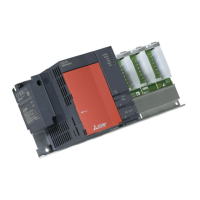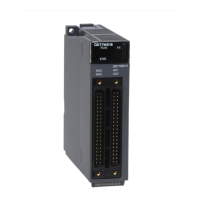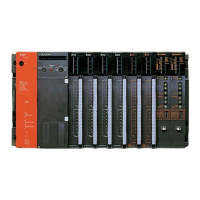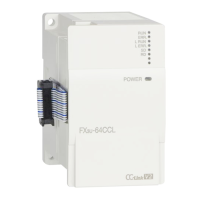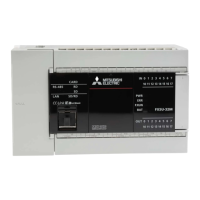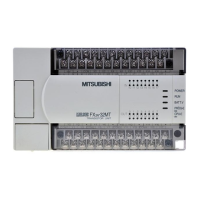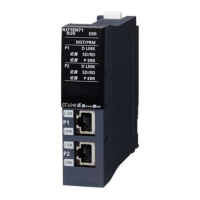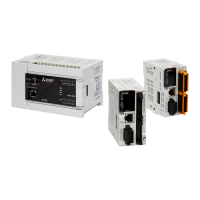410
4.11 Interrupt Pointer(I)
The interrupt pointer (I) is used as a label at the start of an interrupt program, and can be used in any programs.
(1) Number of available points
The number of points and the range available for the interrupt pointer are shown below.
(2) Interrupt factors
The interrupt factors for the available interrupt pointers are shown below.
*1 For available interrupt modules, refer to the following.
QCPU User's Manual (Hardware Design, Maintenance and Inspection)
*2 The corresponding module is an intelligent communication module. For details, refer to the manual for each module.
*3 Applicable when using the Universal model QCPU and motion controller that support the multiple CPU high speed
transmission.
*4 This module can be a serial communication module, MELSECNET/H module, Ethernet module, or high-speed counter
module. For details, refer to the manual for each module.
*5 Only the High-speed Universal model QCPU and Universal model Process CPU support the use of I49.
To use the intelligent function module interrupt ( Page 231, Section 3.22), the intelligent function module setting
(interrupt pointer setting) is required in the "PLC system" tab of the PLC parameter dialog box. ( Page 438, Appendix
1.2.2)
CPU module Point Range
Q00UJCPU, Q00UCPU, Q01UCPU 128 points I0 to I127
Q02UCPU, Q03UD(E)CPU, Q03UDVCPU, Q04UD(E)HCPU, Q04UDVCPU,
Q04UDPVCPU, Q06UD(E)HCPU, Q06UDVCPU, Q06UDPVCPU, Q10UD(E)HCPU,
Q13UD(E)HCPU, Q13UDVCPU, Q13UDPVCPU, Q20UD(E)HCPU, Q26UD(E)HCPU,
Q26UDVCPU, Q26UDPVCPU, Q50UDEHCPU, Q100UDEHCPU
256 points I0 to I255
Interrupt factor Interrupt pointer No. Description
Interrupt by an interrupt module
*1
I0 to I15 Interrupt input from an interrupt module
Interrupt by a sequence-started module I16 to I27
Interrupt from an AnS/A series special function module
*2
that is
capable of starting an interrupt in the CPU module
Interrupt by the internal timer
I28 to I31, I49
*5
Fixed scan interrupt by the internal timer of the CPU module
Multiple CPU synchronous interrupt
*3
I45
Fixed scan interrupt to execute synchronized control with the
operation cycle of a motion controller
Intelligent function module interrupt I50 to I255
Interrupt from an intelligent function module
*4
Interrupt pointer (interrupt program label)
Interrupt program
IRET
I
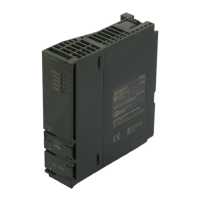
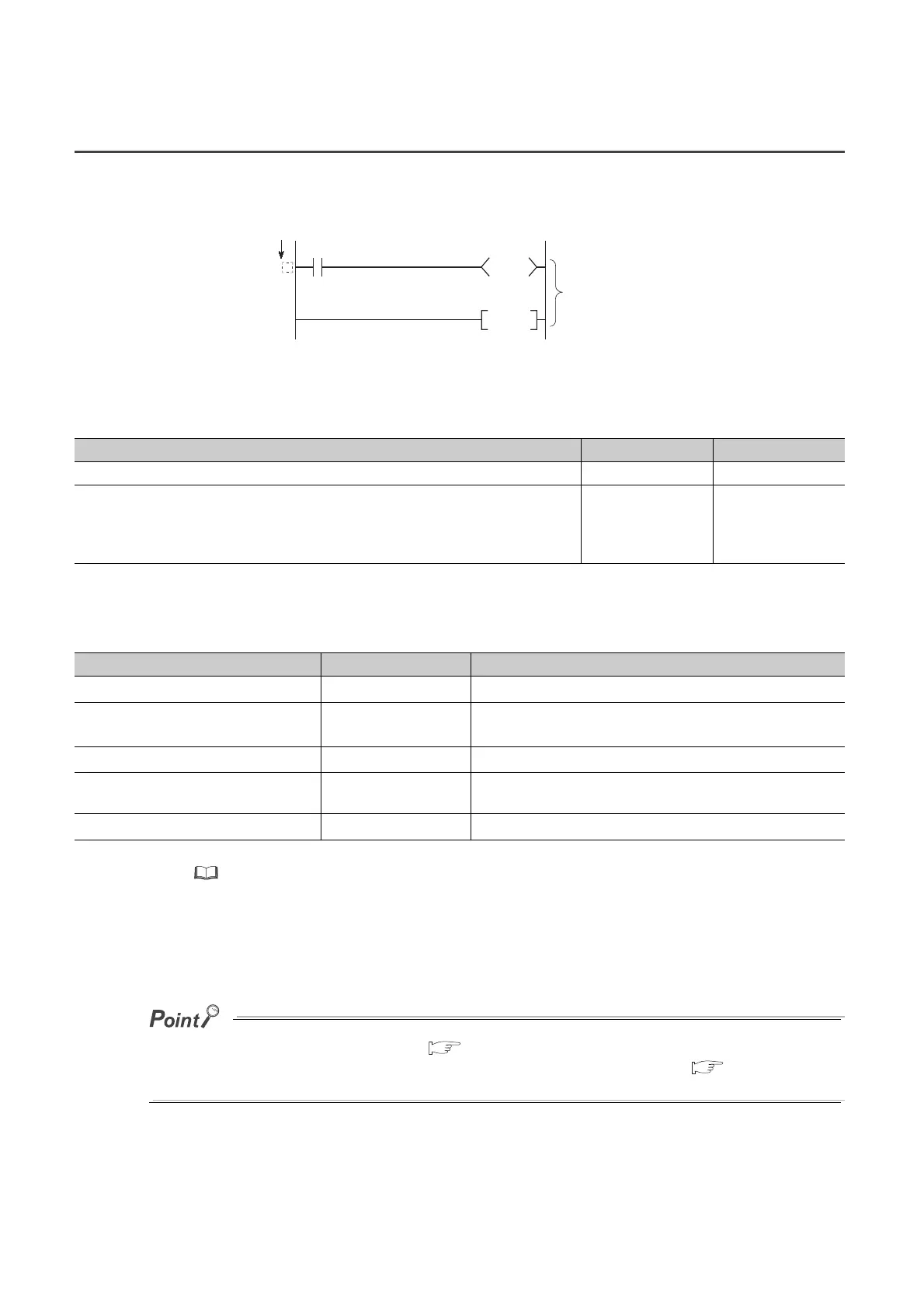